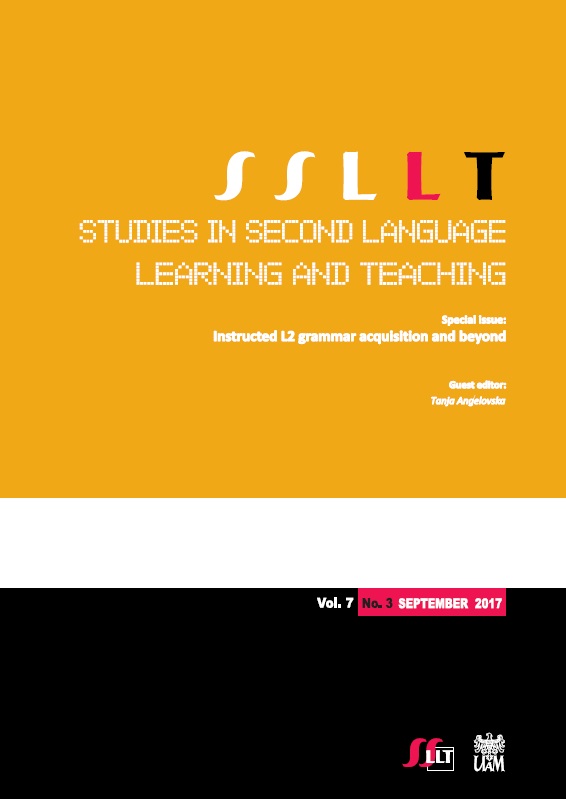Classroom anxiety and enjoyment in CLIL and non-CLIL: Does the target language matter?
Classroom anxiety and enjoyment in CLIL and non-CLIL: Does the target language matter?
Author(s): Audrey De Smet, Laurence Mettewie, Benoit Galand, Philippe Hiligsmann, Luk Van MenselSubject(s): Foreign languages learning, Applied Linguistics
Published by: Wojskowe Biuro Historyczne im. gen. broni Kazimierza Sosnkowskiego
Keywords: anxiety; enjoyment; CLIL; English; Dutch
Summary/Abstract: This study investigates pupils’ anxiety and enjoyment in the classroom when learning a second or foreign language. The particularity of this study lies in the comparison of two target languages (English and Dutch) in two educational contexts (CLIL and non-CLIL) at different instruction levels (primary and secondary education). While most research on content and language integrated learning (CLIL) focuses on English as a target language, the Belgian context calls for a comparison with the language of the “other” community, in this case Dutch.Data were collected from 896 pupils in French-speaking Belgium through a selfreport questionnaire measuring pupils’ anxiety and enjoyment in the classroom, along with background characteristics. Results indicate that while CLIL pupils experience significantly less anxiety than their non-CLIL counterparts, English learners report significantly less anxiety and more enjoyment than Dutch learners. This suggests an important role of the target language for emotional engagement in the classroom and calls for further investigation into the role of target language perceptions. Finally, the interactions with instruction level reveal that while primary school pupils report stronger emotions, the effects of CLIL and English are much larger at secondary level.
Journal: Studies in Second Language Learning and Teaching
- Issue Year: VIII/2018
- Issue No: 1
- Page Range: 47-71
- Page Count: 25
- Language: English

